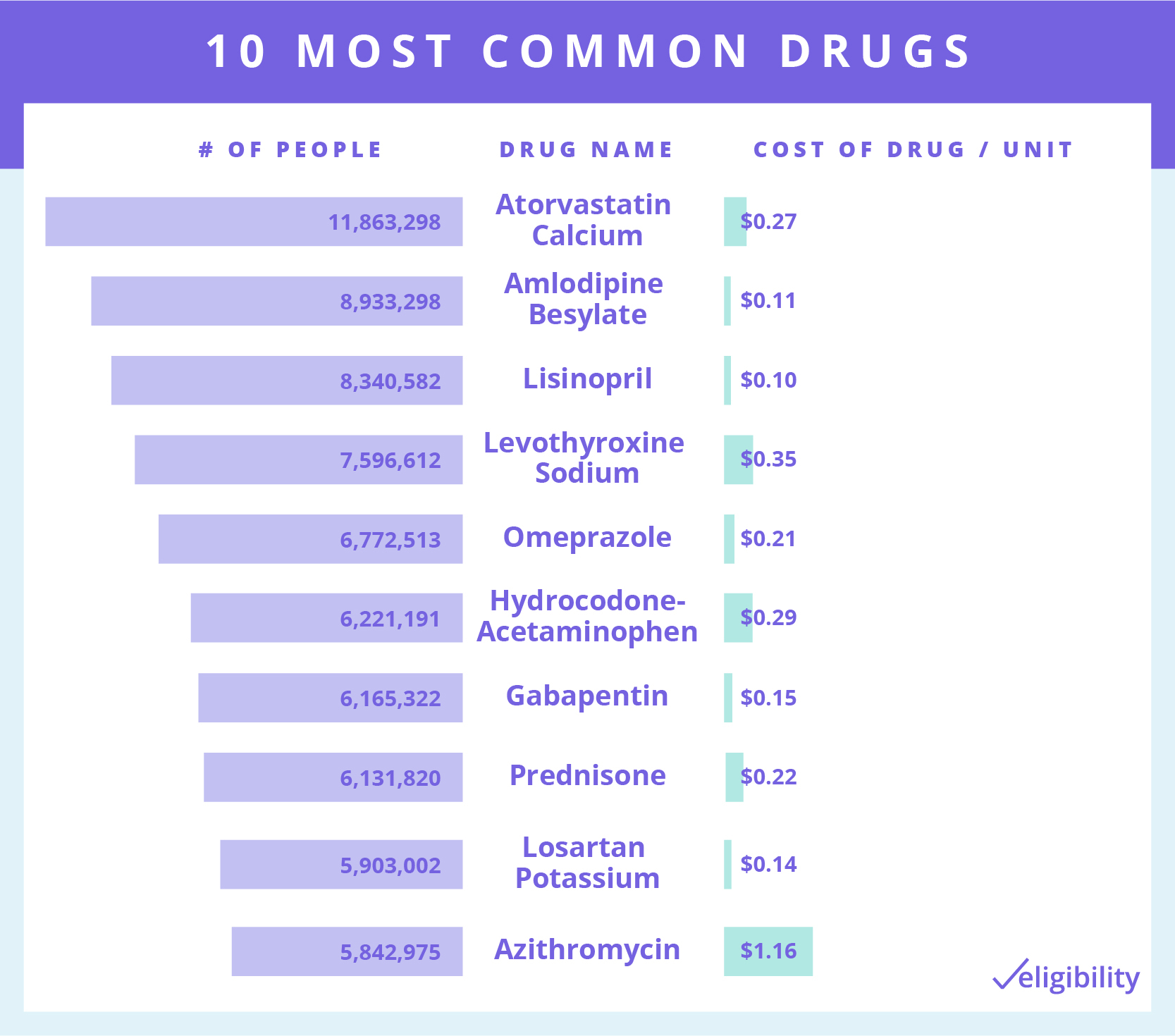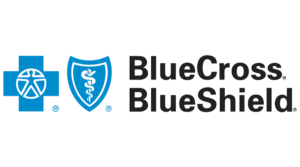Medicare’s Most Expensive Drugs
Comprehensive prescription drug coverage became part of Medicare in 2006 with the introduction of Part D plans. Since then, the number of beneficiaries has doubled, from 22 million to nearly 45 million. These plans help people 65 and older (and people with specific disabilities) pay for their medications, but rising drug costs continue to concern enrollees.
To learn more about medication costs, we compared the 10 most expensive drugs covered by Medicare with the 10 most common drugs used by Medicare beneficiaries. We also looked at prices for drugs such as epinephrine and insulin, which have reputations for being expensive.
Here’s what we discovered.
The most expensive vs. the most common Medicare drugs
- While the top 10 most expensive drugs each cost between $16,000 and $38,000 per dosage, they are used by fewer than 14,000 beneficiaries total. Each is manufactured by just one or two companies.
- All of the top 10 drugs most commonly used by Medicare beneficiaries cost less than $2 per dosage and are used by 8 million or more recipients. Each is manufactured by at least 10 different companies, creating a healthy dose of competition.
- Gattex, a drug used to help adults with Short Bowel Syndrome (SBS), is the most expensive drug at $38,586 per dosage. Last year, 879 beneficiaries used the drug.
- The most commonly used drug by Medicare beneficiaries is Atorvastatin Calcium, which costs 27 cents per dosage and is used by 51,749,992 beneficiaries.
- The five most commonly used insulin drugs averaged $31 per dose, with nearly 3,124,000 beneficiaries using them. Between 2014 and 2018, average spending for these medications has increased by 7.8%.
- Epinephrine medications that treat life-threatening reactions ranged from $55 to $6,664 per dosage. Although the EpiPen ($300 per dosage) has a reputation for being prohibitively expensive, an alternative called Auvi-Q costs $2,418 per dosage—nearly 10 times more.


Conclusion
Medicare Part D drug plans use several strategies to keep costs down, including working with manufacturers on pricing, favoring generics over brand-name medications, and requiring beneficiaries to request coverage in advance for particularly expensive drugs.
If prescription costs are too high, Medicare beneficiaries should ask a doctor if there's a less expensive or generic option. Using a prescription mailing service, many of which send you a few months’ supply at a time for a lower cost, is another option. Finally, finding pharmaceutical assistance programs or applying for the federally funded Extra Help program can help low-income people avoid skipping doses of life-saving medications to "stretch them out" over a longer period.
Methodology
We sourced data from the Centers for Medicare and Medicaid Services (CMS) to determine which prescriptions had the highest total number of Medicare beneficiaries using them and the highest average spending per dosage unit. From there, we collected information around the top 10 most expensive medications and the top ten most common drugs.
Learn more about how the CMS calculates data such as spending per dosage, average spending, and spending growth rates.
Sources
1 Kaiser Family Foundation, “10 Things to Know About Medicare Part D Coverage and Costs in 2019”
Content on this site has not been reviewed or endorsed by the Centers for Medicare & Medicaid Services, the United States Government, any state Medicare agency, or any private insurance agency (collectively "Medicare System Providers"). Eligibility.com is a DBA of Clear Link Technologies, LLC and is not affiliated with any Medicare System Providers.



